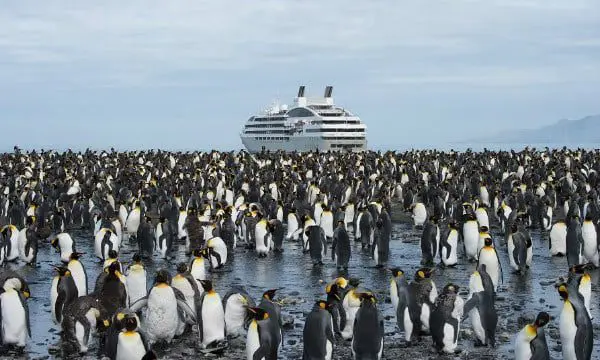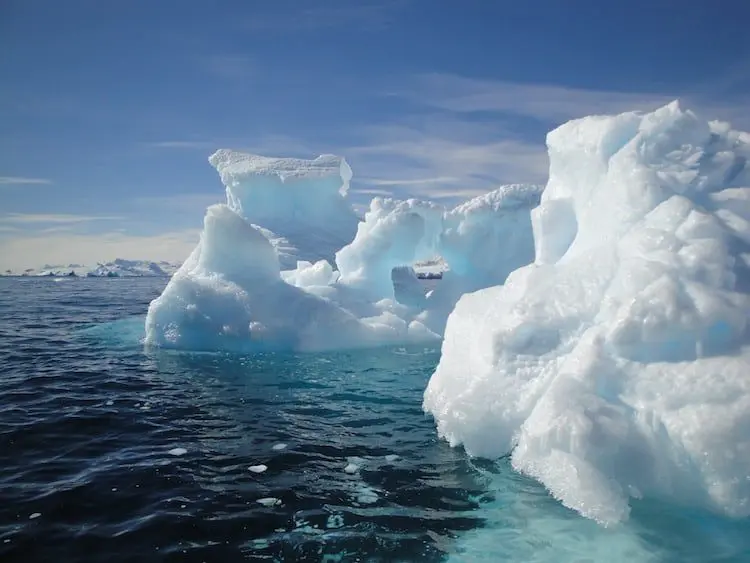Antarctica is commonly described as under threat from tourism but that’s simply not the case, industry experts say.
The short time, often just a few hours, that tourists spend on shore is considered “high-impact” time with rising numbers concentrated in the few areas where most landings take place.
But measures put in place by the International Association of Antarctica Tour Operators (IAATO) have minimised the impact, according to Greg Carter, co-founder of Chimu Adventures.
The member organisation was founded in 1991 to advocate and promote the practice of safe and environmentally responsible private-sector travel to the Antarctic.
Any operator with ships that place passengers ashore has to be a member of the association which has “very strict regulations”.
Under its program, IAATO approves certain landing sites on the Antarctic Peninsula, giving all operators access to those sites on a “first come, first served” basis.
The number of ships that can go to these locations and the frequency of visits is then closely monitored due to the sensitivity of the environment.
“It’s very, very strict,” Carter told KarryOn. “They have a lot of experts that monitor all these sites and also the ships report back on what they see in terms of penguin numbers and all sorts of other things.”
He expressed his confidence in the system which he described as “very well regulated”.
“Quite often, IAATO might close a site because of various reasons – maybe a colony of penguins has moved too close to the beach head where people are landing, or there’s an elephant seal that’s decided to beach themselves there,” he explained.
“It’s a really great example of how tourism can work and how we can manage those sensitive sites.”
Many rules are imposed on the ships and their operations – for example, they can’t take food ashore, they must ensure boots are sanitised before getting on and off the ship, all gear is thoroughly cleaned and all equipment checked for seeds and anything foreign.
The real danger comes from the larger ships moving through the area that don’t have to be members of IAATO and also pleasure craft like yachts, according to Carter.
But organised tourism there is in “pretty good hands”, he insisted.
“Probably better than anywhere else I’ve seen on the planet.”
The operator has seen passenger numbers to the destination double since 2008, prompting it to unveil its largest Antarctica collection to date.
Antarctica expert Thomas Bauer who is professor of sustainable tourism at Central Queensland University shared the view, insisting those that warned of the threat of tourism on the icy continent had largely not observed it first hand.
“Since it’s very beginning some 50 years ago tourism in the Antarctic has been managed very well,” he told KarryOn.
“I am of the firm opinion that Antarctic tourism is the best managed tourism in the world and that it poses no risk to the fauna or flora of the places visited.”
A recent international study agreed the more pressing threats to the region were warmer oceans, melting ice cover and transnational pollution. However, it warned we must remain vigilant.
“We need a more concerted effort that includes things such as the effects of tourism and better monitoring of dedicated conservation areas,” the study’s lead author Professor Peter Stoett of Concordia University said.









